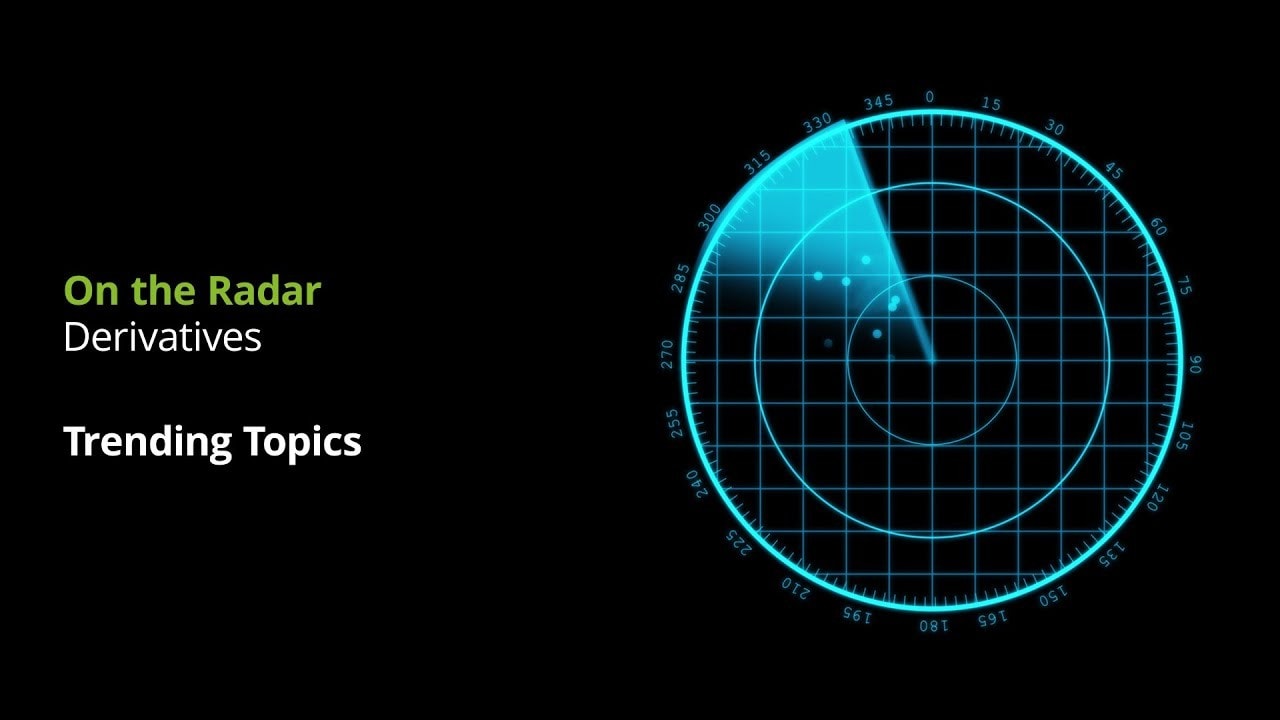Considerations for derivative instruments under ASC 815
On the Radar: Financial reporting for derivatives
What is an embedded derivative? How are derivatives measured and recognized? While the guidance surrounding financial reporting for derivative instruments has not changed much in recent years, it’s still a complex issue that involves careful consideration. Familiarize yourself with these definitions and standards to ensure that you’re aligned with the requirements outlined in ASC 815.
Although the guidance on accounting for derivatives has not changed significantly in recent years, derivative accounting continues to be one of the most complex areas of US GAAP. ASC 815 prescribes the guidance on instruments and contracts that meet the definition of a derivative. Some instruments and contracts that meet this definition are eligible for a scope exception, while others that do not meet the definition of a derivative in their entirety must still be evaluated to determine whether they contain embedded derivatives that would be within the scope of ASC 815. In addition, some derivatives are designated in a qualified hedging relationship and eligible for specialized hedge accounting (see Deloitte’s Roadmap Hedge Accounting for further information on this topic.)
Financial reporting considerations
Standard-setting activity
Continue your derivatives learning
Deloitte’s Roadmap Derivatives provides a comprehensive discussion of the identification, classification, measurement, and presentation and disclosure of derivative instruments, including embedded derivatives. For further guidance on the application of hedge accounting to a qualified hedging relationship, see Deloitte’s Roadmap Hedge Accounting.
Derivatives focus areas—watch the videos
Scope exceptions
ASC 815 defines derivative instruments, but it also includes exceptions. Learn about the 15 types of contracts not subject to derivative accounting.
Payoff-profile approach to identifying embedded derivatives
When evaluating embedded derivatives, learn how to apply the “payoff-profile approach” to appropriately determine whether derivative accounting is required.
Determining the nature of the host contract
Explore the four steps to the “whole-instrument approach” used to determine the nature of the host contract in a hybrid instrument.





